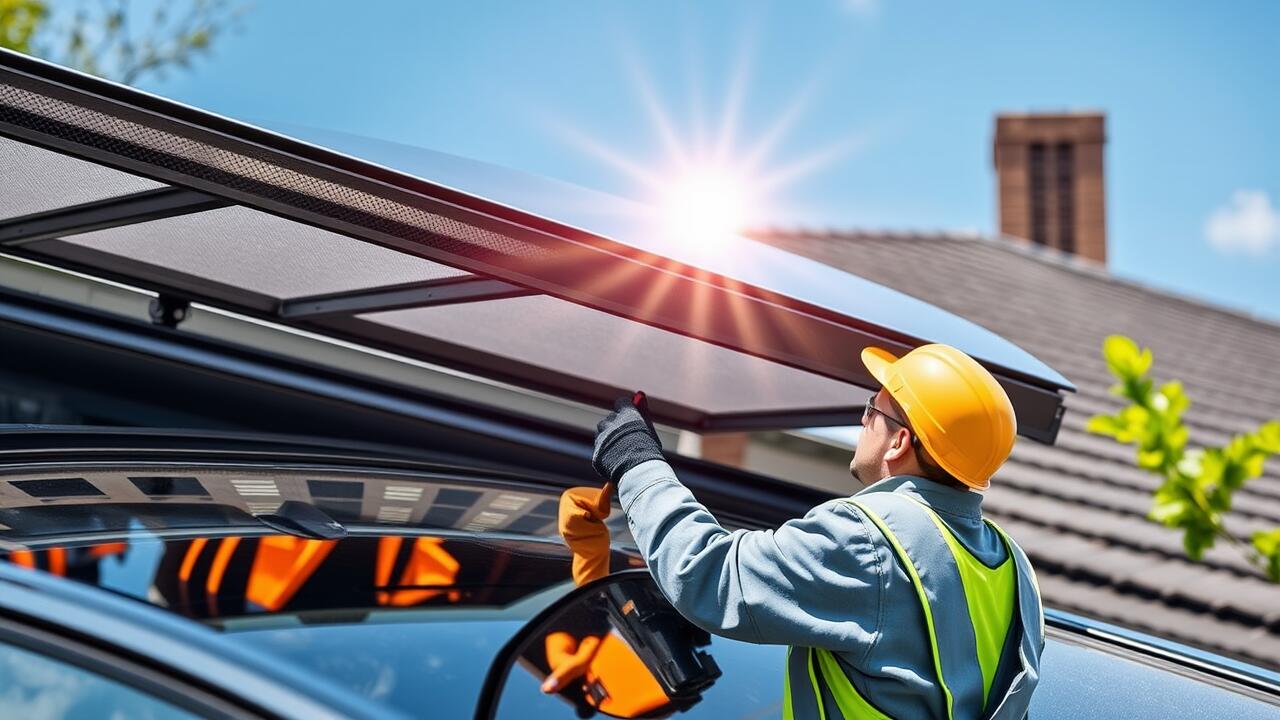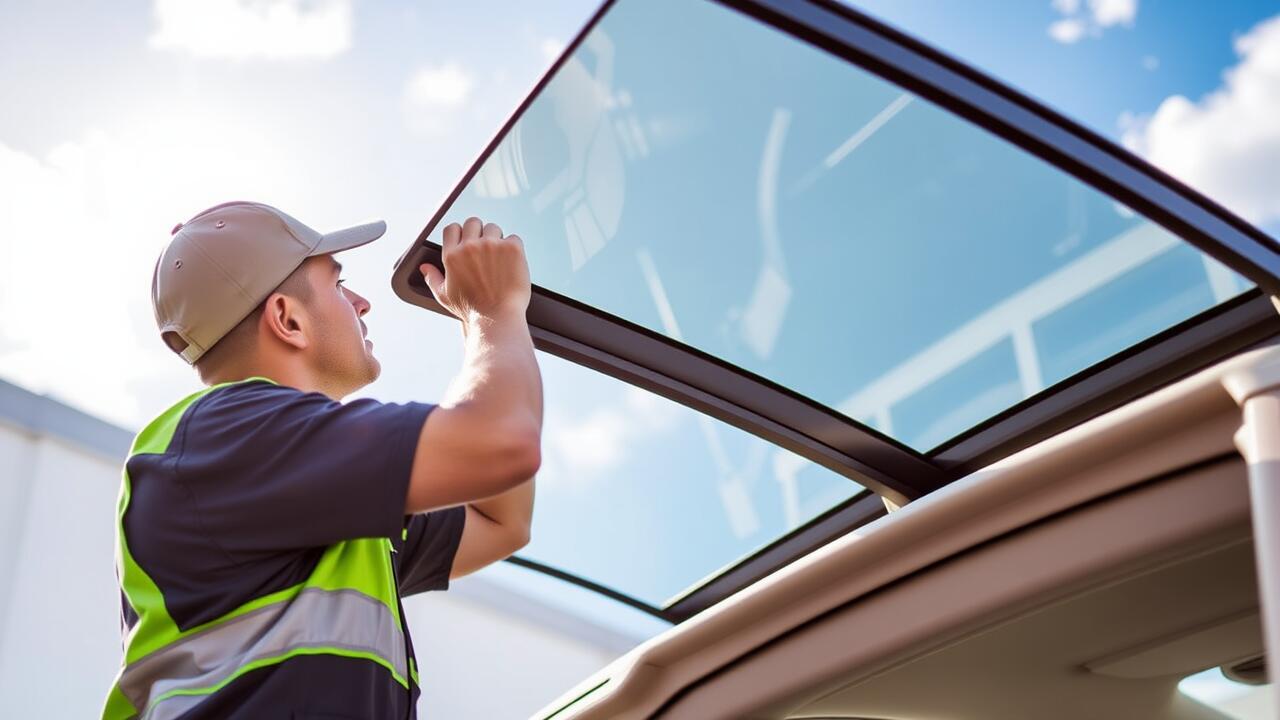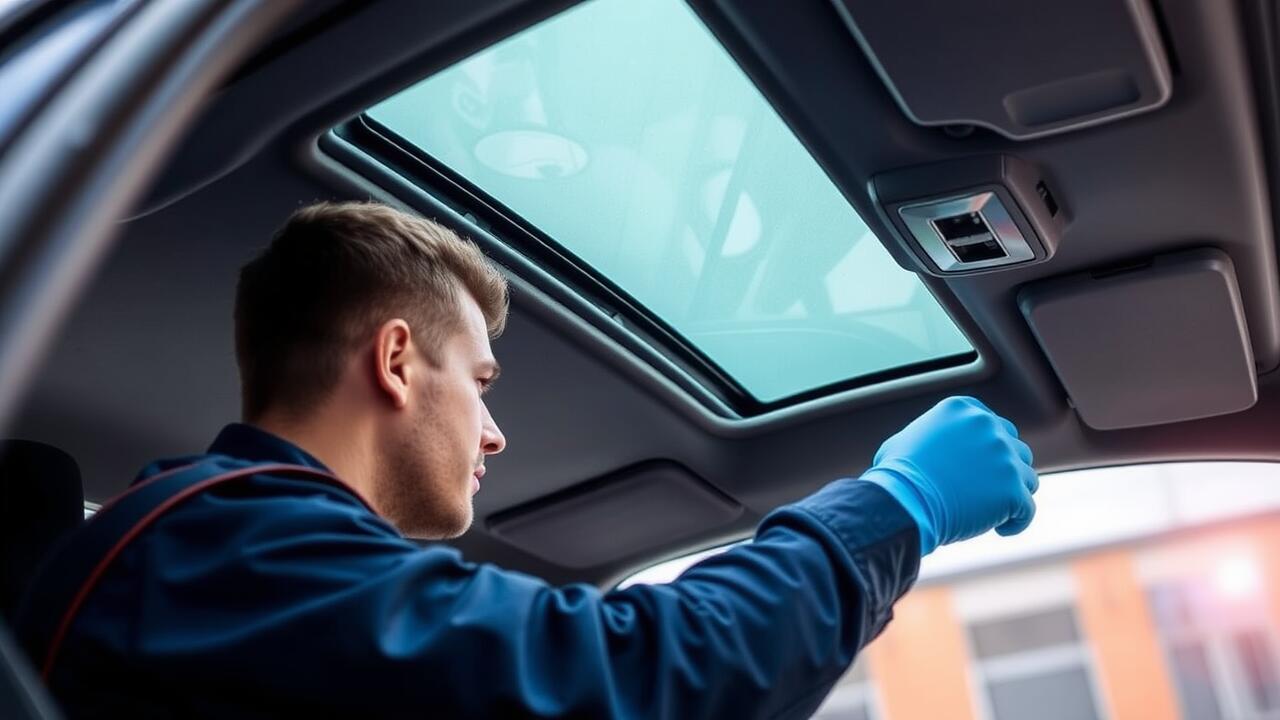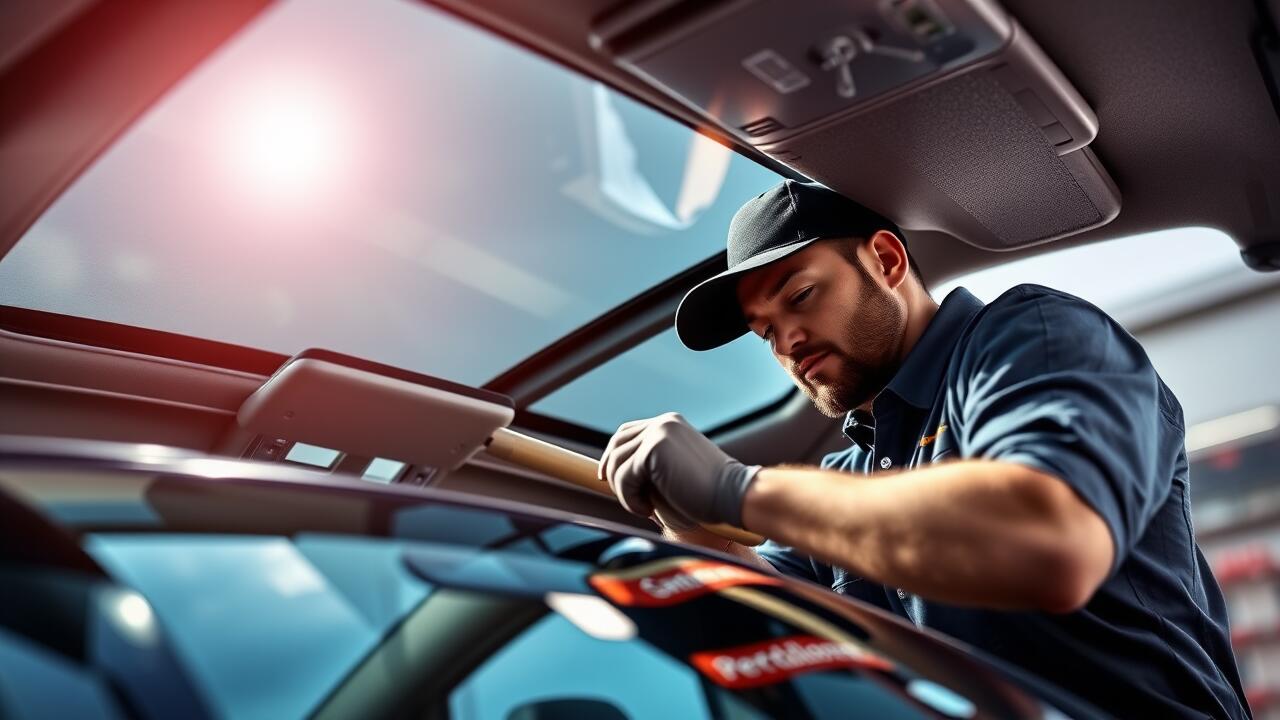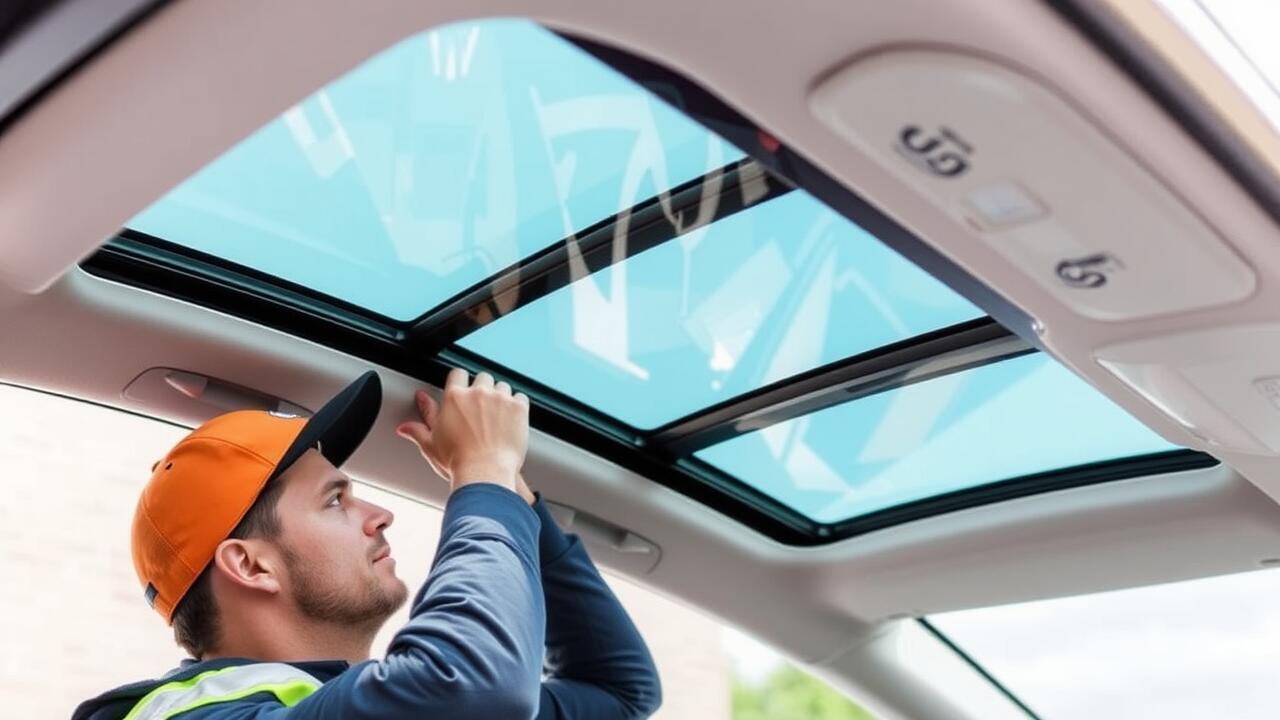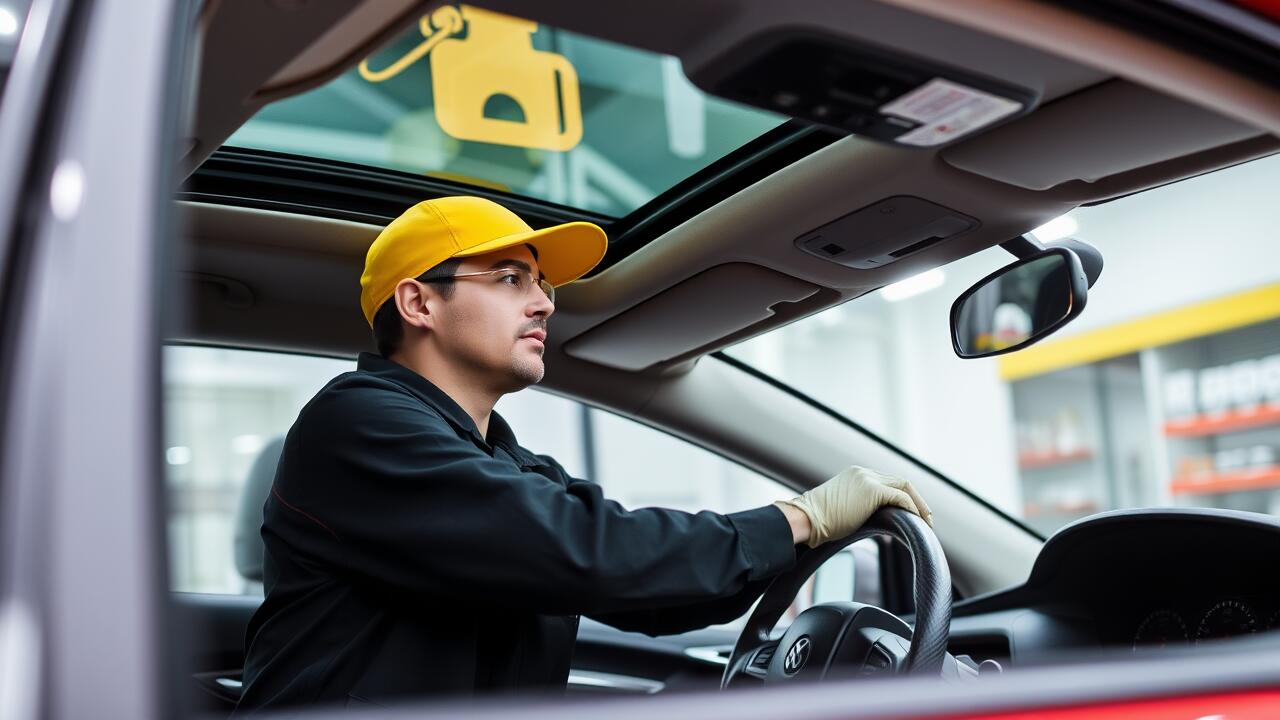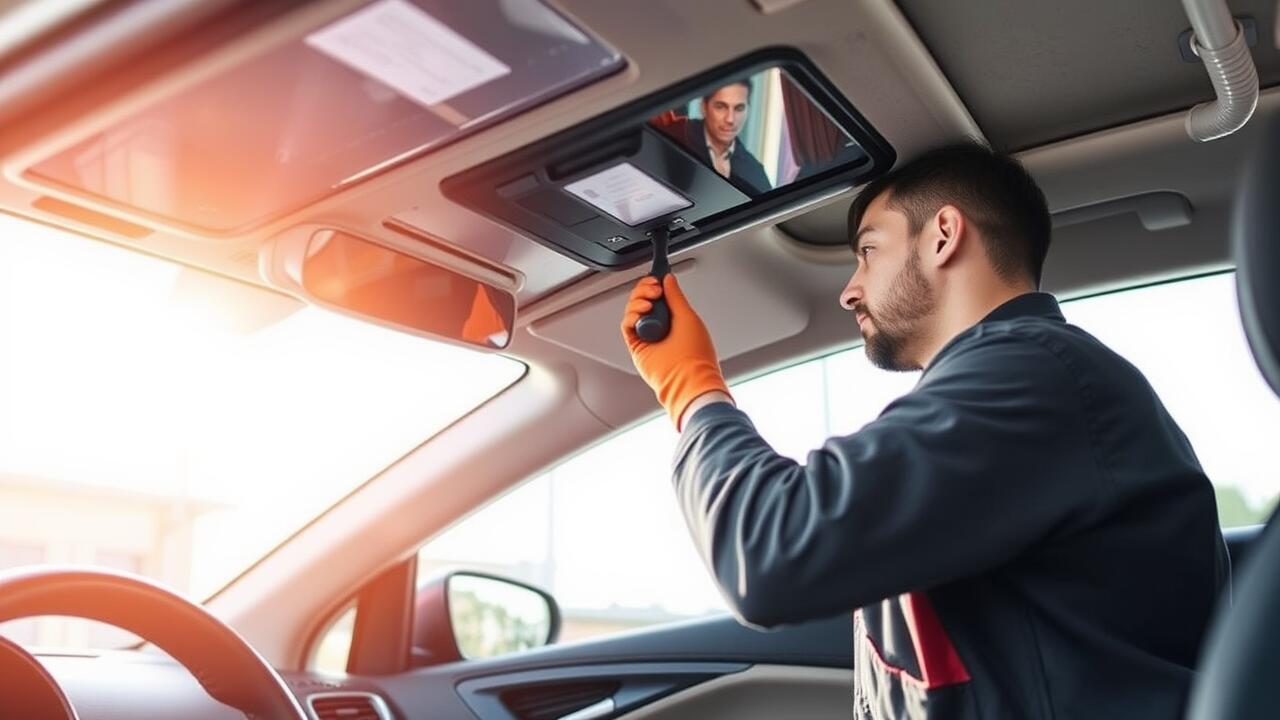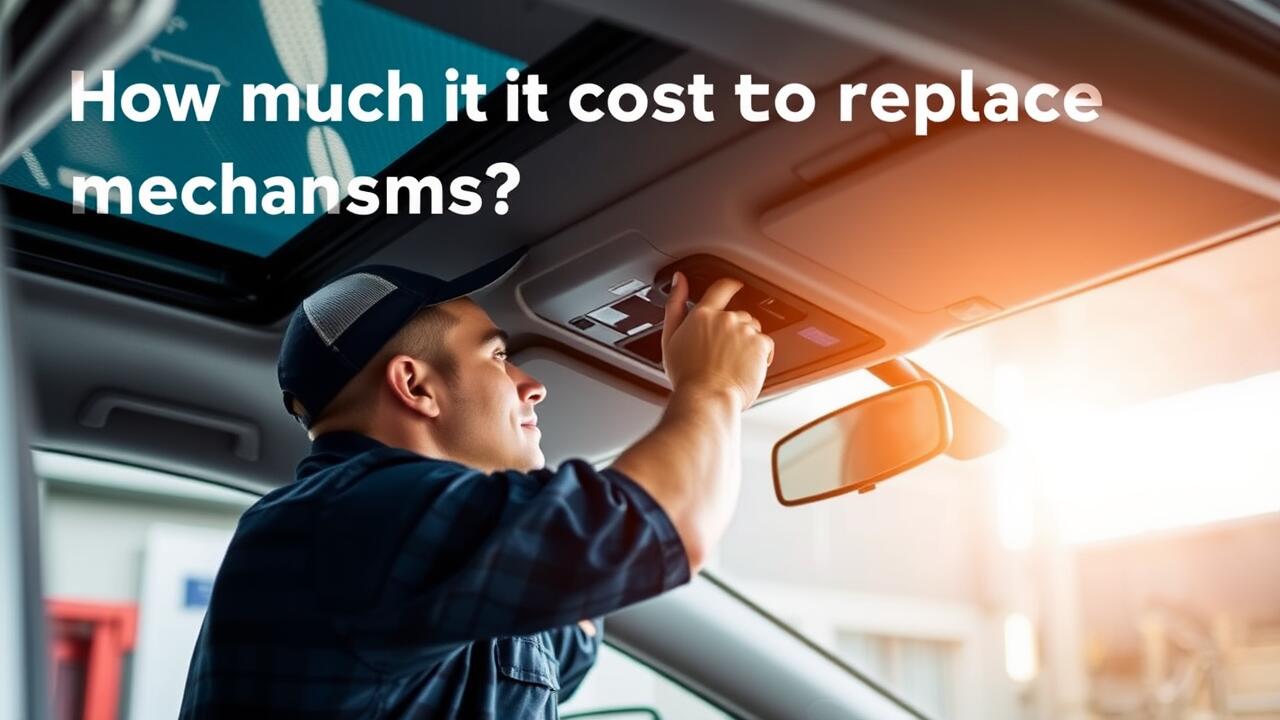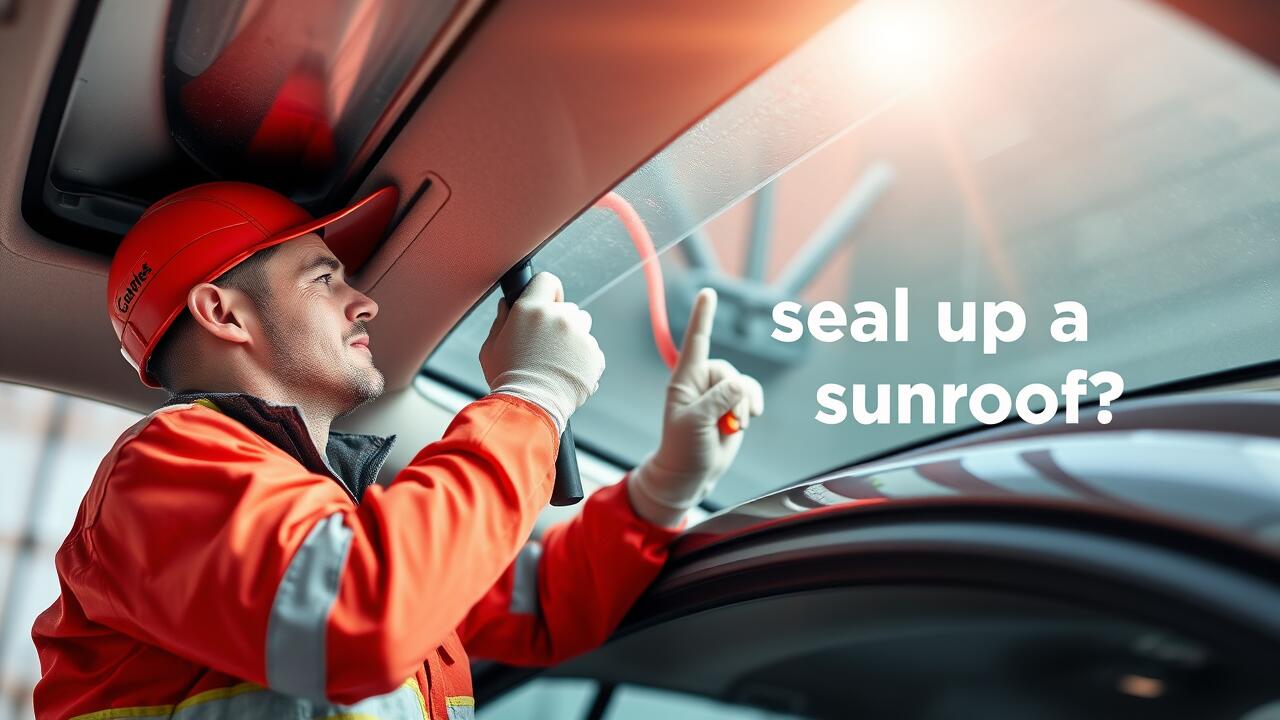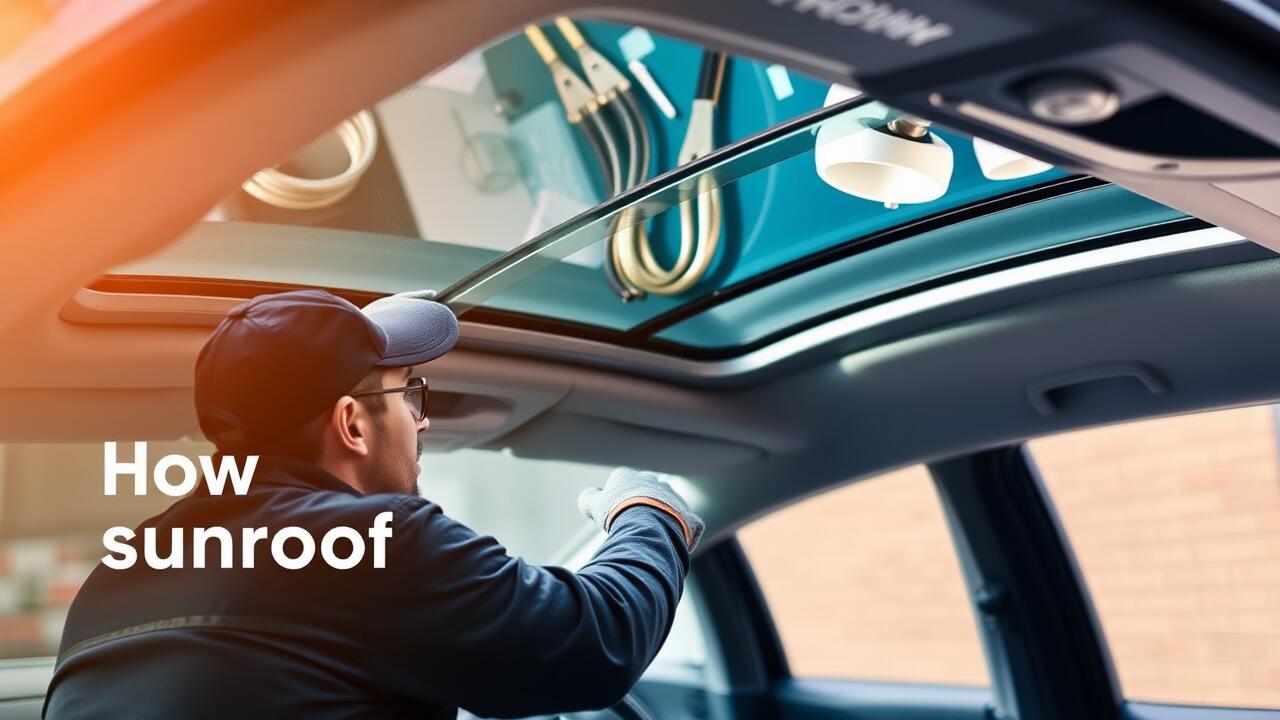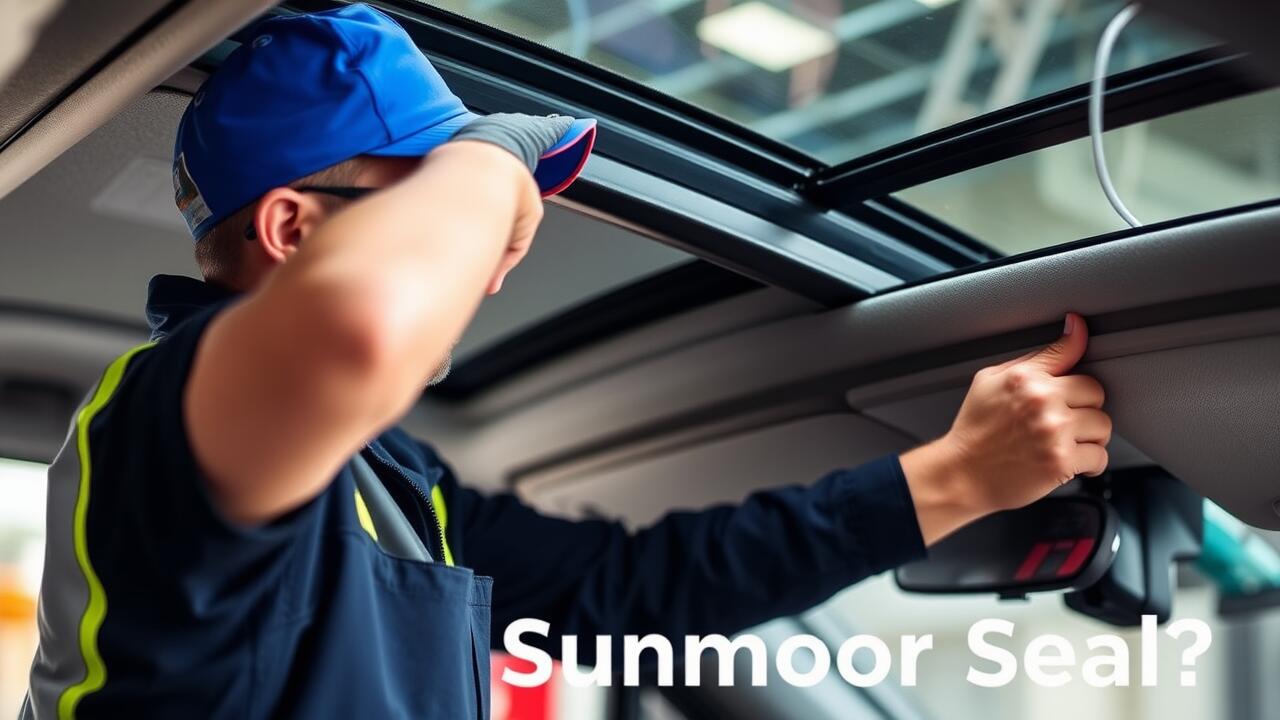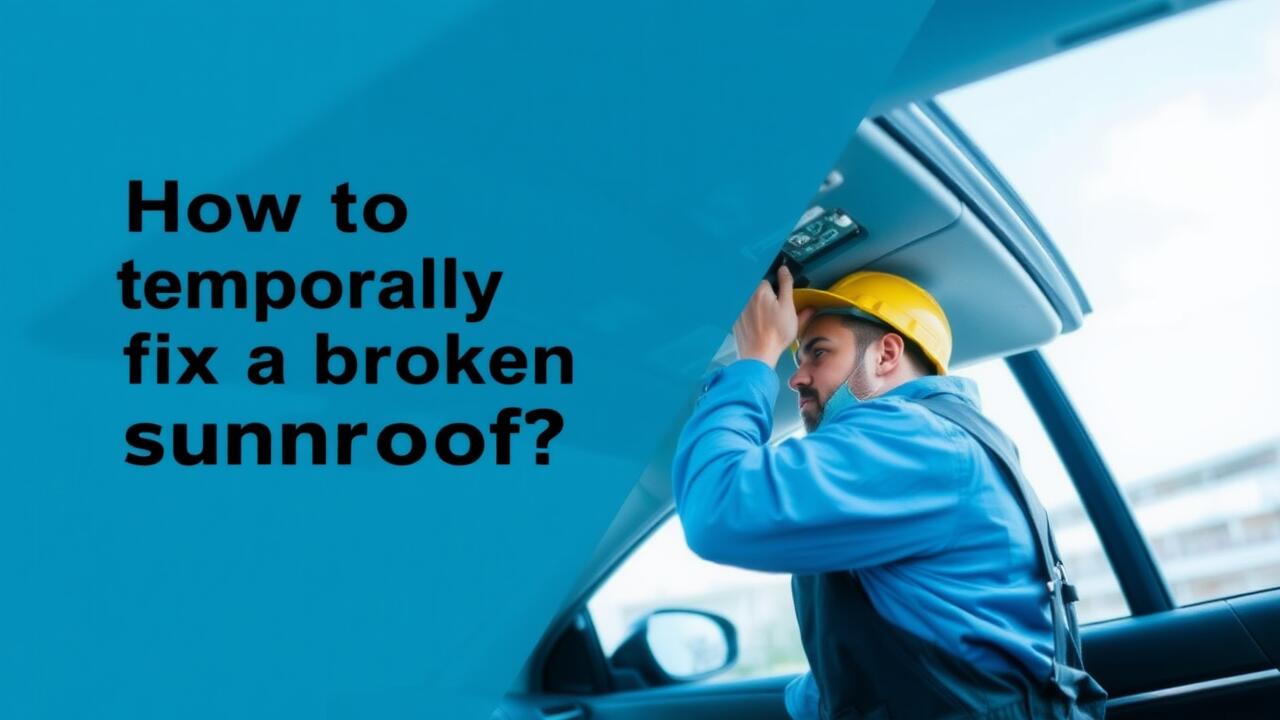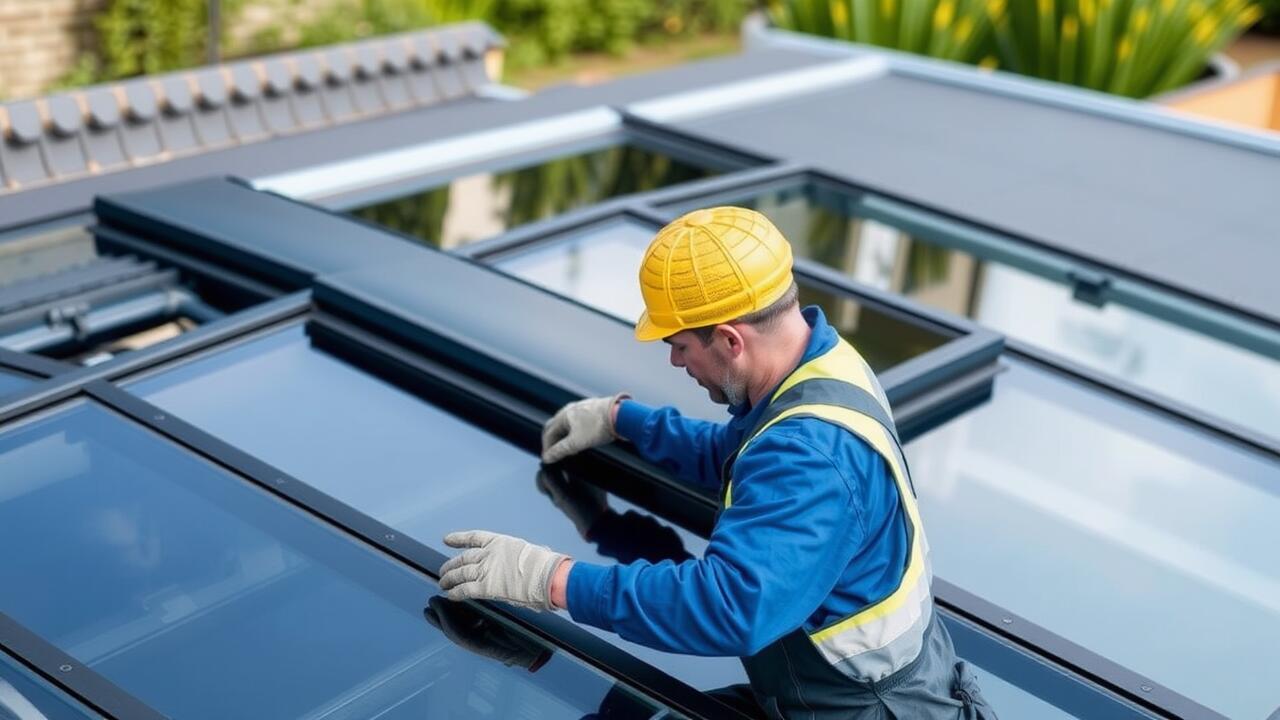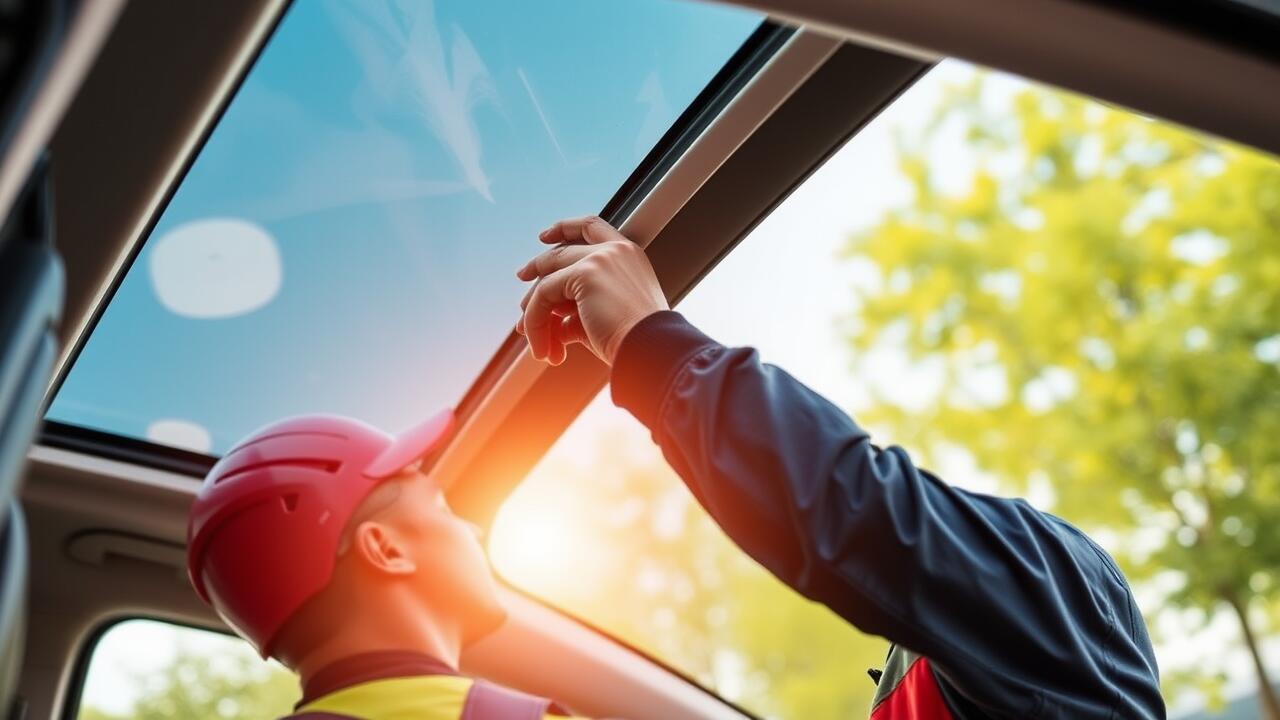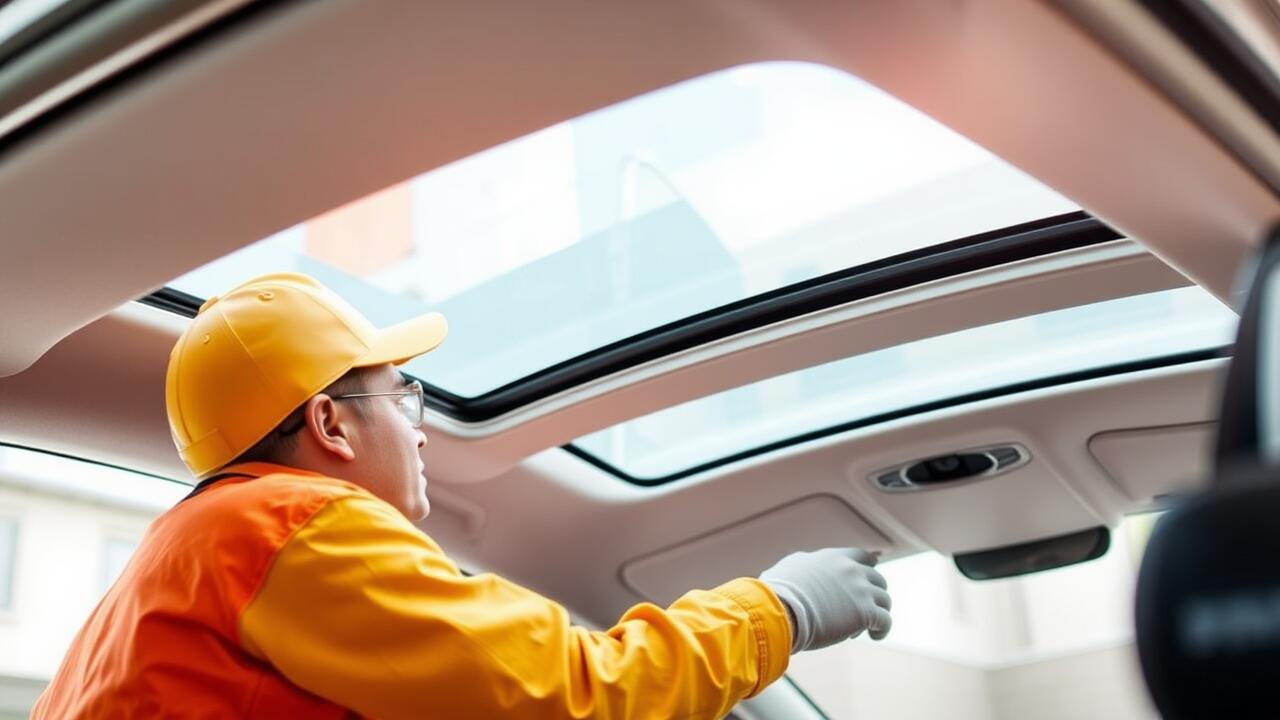
Table Of Contents
Long-Term Considerations for Sunroof Repair
When considering sunroof repair, it's essential to assess the long-term implications of such a decision. A repaired sunroof may still be susceptible to further issues, particularly if the underlying problems are not adequately addressed. While a quick fix might seem appealing, it can lead to recurring leaks or malfunctions, costing more in the long run. Understanding the age and condition of your vehicle should factor into this decision, as older models might not warrant extensive repairs.
In some cases, opting for sunroof replacement may offer a more reliable solution. Newer sunroofs are typically designed with improved materials and technology, which can enhance their durability and functionality. Choosing this route can minimize future headaches and ensure that the system operates correctly for an extended period. Weighing the costs of repair against the potential benefits of a replacement will help in making an informed choice that aligns with both budget and vehicle longevity.
Cost-Benefit Analysis of Repairing vs. Replacing
When considering the cost-benefit analysis of repairing versus replacing a broken sunroof, several factors come into play. Repairing a sunroof may involve patching small issues, which can be more affordable in the short term. However, these fixes may only serve as temporary solutions if the underlying problems persist. A detailed inspection is often necessary to assess the extent of the damage and determine whether repair will suffice or if more substantial action is required.
On the other hand, sunroof replacement might involve a higher initial expenditure. This option often guarantees long-term functionality and can improve the vehicle's value. New parts may enhance the overall aesthetics and performance of the sunroof, providing peace of mind regarding safety and durability. Weighing the immediate costs of repair against the potential long-term benefits of replacement is essential for making an informed decision.
The Role of Weather in Sunroof Damage
Weather can significantly impact the condition and functionality of a sunroof. Rain, snow, and extreme temperatures may lead to leaks or cracks, which become problematic for both aesthetics and safety. Sustained exposure to rain can cause interior damage, while frozen snow can exert pressure on a compromised sunroof, increasing the risk of shattering. Monitoring weather patterns and anticipating how they may affect your vehicle's sunroof is essential for maintaining its integrity.
Harsh environmental conditions can strain the materials used in sunroof construction. Prolonged sun exposure may cause the seals to degrade, leading to air and water leaks. When damage occurs, options like sunroof replacement should be considered to restore full functionality. Regular maintenance and attention to weather changes can help extend the life of your sunroof and reduce the chances of needing extensive repairs.
How Environmental Conditions Affect Sunroof Integrity
Environmental conditions can significantly impact the integrity of a sunroof. Exposure to extreme temperatures can cause materials to expand and contract, leading to cracks or leaks over time. Additionally, strong winds can force debris into the sunroof, resulting in potential scratches or structural weaknesses. Regular inspections become essential in areas prone to harsh weather, as issues may develop without immediate visibility.
Humidity and moisture can also contribute to sunroof damage. Water accumulation may lead to mold or mildew growth inside the vehicle, creating an unpleasant odor and impacting air quality. Drivers in regions with heavy rainfall should be particularly vigilant, as water can seep into the car’s interior if the sunroof seals deteriorate. In cases where repairs are not possible or economical, Sunroof Replacement might be necessary to restore proper function and maintain the vehicle’s value.
Preventative Measures for Sunroof Maintenance
Regular maintenance can significantly extend the life of a sunroof. Keeping the tracks clean and free of debris prevents misalignment and ensures that the mechanism operates smoothly. Inspecting the weather seals periodically is essential, as worn or damaged seals can lead to leaks. Addressing minor issues quickly can help avoid more extensive repairs, including costly sunroof replacement.
Another preventive measure involves avoiding the use of excessive force when opening or closing the sunroof. Grit or grit in the tracks can cause strain on the motor and components, leading to potential failures. Utilizing a protective cover during extreme weather conditions can offer additional protection, reducing the likelihood of damage and subsequent repairs or sunroof replacement in the future.
Tips to Avoid Future Sunroof Problems
Regular maintenance is key to preventing future sunroof problems. Keeping the sunroof tracks free of debris is essential. Dirt and leaves can accumulate and interfere with the smooth operation of the sunroof. Cleaning the area around the sunroof frequently helps to minimize the risk of jams or mechanical failures. Lubricating the tracks with a silicone-based grease can also enhance performance and longevity.
Additionally, consider a sunroof replacement if the unit shows significant wear or damage. Ignoring a malfunctioning sunroof can lead to more serious issues, such as leaks or mechanical breakdowns. Protecting the interior of the vehicle from water damage can save substantial costs in the long run. Taking proactive measures ensures that the sunroof remains functional and minimizes the chances of needing costly repairs later.
FAQS
Is it safe to drive with a broken sunroof?
Driving with a broken sunroof can pose safety risks, as it may impair visibility or allow debris to enter the vehicle. It's advisable to get it repaired as soon as possible.
How can weather conditions affect a broken sunroof?
Weather conditions such as rain, snow, or high winds can exacerbate damage to a broken sunroof, potentially leading to water leaks, further structural issues, or additional debris entering the car.
What should I do if my sunroof shatters while driving?
If your sunroof shatters while driving, pull over safely to the side of the road, assess the situation, and cover any sharp edges with a cloth or tape if possible. Contact a professional for repairs immediately.
How much does it typically cost to repair or replace a broken sunroof?
Repairing a broken sunroof can range from $200 to $600, depending on the extent of the damage, while replacement may cost between $800 and $2,000. It's important to get quotes from multiple repair shops.
What preventative measures can I take to avoid future sunroof problems?
Regular maintenance, such as cleaning the sunroof tracks, checking for leaks, and avoiding driving through heavy debris, can help prevent future sunroof issues.
